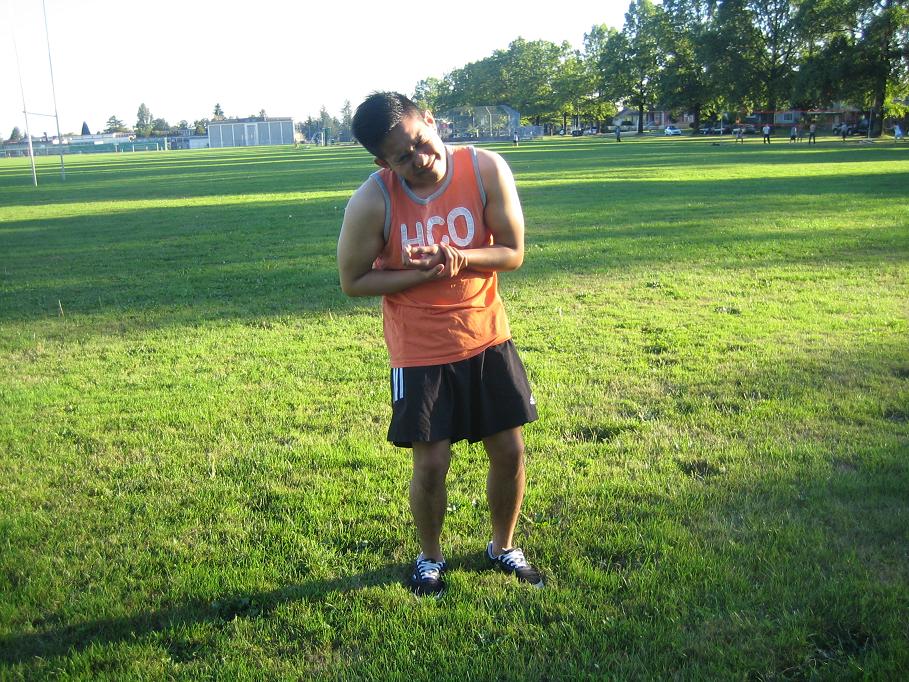Paresthesia is an abnormal sensation in the body such as a sensation that the skin is crawling, numbness or itchiness with no apparent reason. This condition can affect any parts of the body but it usually happens in the arms, hands, legs and feet.
Paresthesia can be temporary or chronic. Generally, a temporary episode of paresthesia is caused by constant pressure placed on the hands or feet, poor circulation, exposure to cold and poor sleeping position.
Chronic paresthesia can be caused by vitamin and nutrient deficiencies, an underlying neurological disorder and repetitive movements. Anyone is susceptible to paresthesia and increases with age. Furthermore, people performing repetitive movement, neurological conditions such as multiple sclerosis are also prone to develop this condition.

Symptoms of paresthesis
- At first, it usually affects the hands, arms, feet and legs
- Feelings of numbness
- Tingling and burning sensations
- Weakness
- Cold
- In addition, stabbing pain
- Clumsiness of the affected limb
- Lastly, difficulty walking
Causes
- Chronic paresthesia is caused by nerve damage. Two types of nerve damage are radiculopathy and neuropathy.
Radiculopathy
- A narrowing of the canal that transmit the nerve to the extremity.
- A herniated disc pressing a nerve
- A mass that compresses the nerve in the spinal column
Neuropathy
- Hyperglycemia or high blood sugar
- Trauma
- Repetitive movement injuries
- Kidney and liver disease
- Hypothyroidism
- Lastly, deficiencies in vitamin B1, B6, B12 and E.
Treatment
- Apply warm compress on the affected area for proper flow of blood in the area and lessen discomfort. Generally, soak a clean face cloth in warm water and wring out excess water and place on the area for at least 5-7 minutes, several times every day until numbness and other symptoms disappears. Another alternative is taking a warm shower and using a heating pad to lessen the discomfort. Avoid placing the heating pad directly on the skin, place a cloth between the heating pad and the skin to prevent burning the skin and worsen the condition.
- Massage the affected area with or without oil. Massage increases the flow of blood in the area and lessens the symptoms of the condition. It also stimulates the nerves for proper functioning. Generally, massage the area using warm olive, coconut or mustard oil on the affected area. Using the fingers, massage the area in a circular movement for at least 5 minutes several times every day.
- Take the prescribed B vitamins for proper functioning of the nerve and lessen the discomfort of paresthesia.
- Perform regularly gentle exercises for proper blood circulation, improve mobility and overall health of the body. It also controls the blood sugar levels needed by those with diabetes who have a high risk of developing this condition. In addition, take a 30-minute walk at least 2 times every day, bicycling, swimming and jogging to increase blood circulation.
- Avoid excessive alcohol and quit smoking.
FACT CHECK
https://www.healthline.com/health/paresthesia
https://en.wikipedia.org/wiki/Paresthesia
https://www.ninds.nih.gov/Disorders/All-Disorders/Paresthesia-Information-Page

